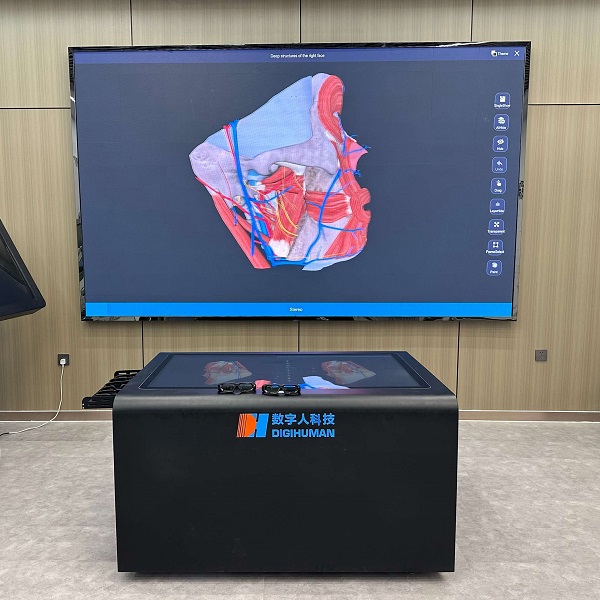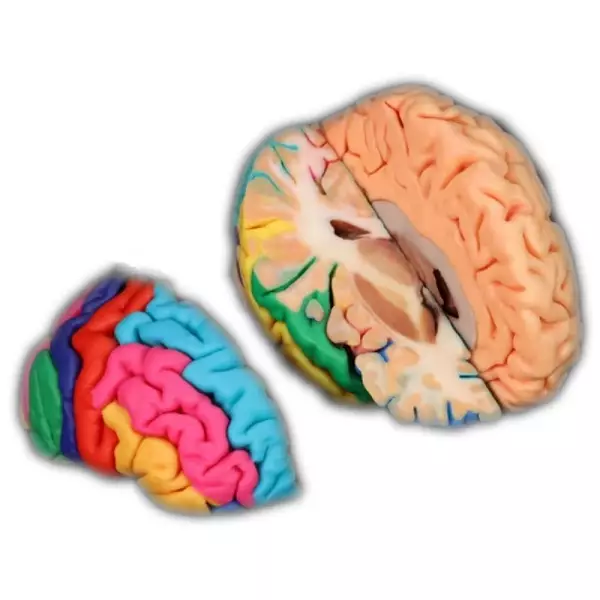Have you ever wondered what it would be like to explore the human body in a whole new way? With augmented reality human anatomy, that possibility is now within reach. This groundbreaking technology allows us to delve into the intricacies of our own bodies and gain a deeper understanding of how they function.
The Power of Augmented Reality Human Anatomy
Augmented reality human anatomy opens up a world of possibilities for medical professionals, students, and enthusiasts alike. By overlaying digital information onto real-world environments through devices such as smartphones or tablets, this technology provides an immersive experience that brings anatomical structures to life.
With augmented reality human anatomy, users can visualize complex systems like the cardiovascular or nervous system with incredible detail. They can manipulate virtual models, zoom in on specific organs or tissues, and even simulate physiological processes in real-time. This hands-on approach enhances learning and enables a more comprehensive understanding of the human body.
The Advantages of AR Anatomy Professional Models

In addition to its educational benefits, augmented reality human anatomy has also revolutionized professional medical training. ar anatomy professional models offer an interactive platform where surgeons can practice complex procedures before entering the operating room.
These advanced models allow surgeons to virtually dissect organs and plan surgeries with precision. By simulating different scenarios and visualizing potential complications beforehand, they can improve their skills and enhance patient safety during actual operations.
DIGIHUMAN: A Leap Forward in Anatomical Visualization
One remarkable example of augmented reality human anatomy is DIGIHUMAN – a cutting-edge project that aims to create highly realistic 3D digital humans for scientific research purposes. Using state-of-the-art scanning techniques combined with computational modeling algorithms, DIGIHUMAN produces incredibly detailed virtual representations of the human body.
Researchers can use DIGIHUMAN to study anatomical variations, simulate diseases, and explore the effects of different treatments. This technology opens up new avenues for medical research and has the potential to revolutionize healthcare practices in the future.
In Conclusion
Augmented reality human anatomy is transforming how we learn about and interact with our own bodies. From educational tools that enhance understanding to professional models that improve surgical outcomes, this technology has immense potential in various fields. As augmented reality continues to advance, we can expect even more exciting developments in anatomical visualization and its applications in healthcare.

